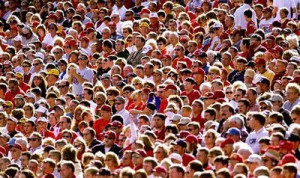 Population of the United States 2014
Population of the United States 2014
Based on the total number of births, total number of deaths, net migration rate, and the population of 2013, according to the United States Census Bureau, the population of the United States of America for 2014 is estimated to reach 318,892,103, which makes up about 4.45% of the world’s total population. The United States is the 3rd most populous country in the world, behind India, but ahead of Indonesia. The population as of December 31, 2013 was estimated at 317,292,487. Thus, over the course of the year, the population is projected to grow by 1,599,616 people or by a growth rate of 0.5%. The last census was conducted in 2010 and it recorded the population at about 308,400,000 people. Thus, since the last census, the population has grown by 10,492,103 people or by an average annual growth rate of 0.85%. Based on the total population of the country and the total land area, the population density of the United States is about 34.8 people per square kilometer or 90.14 people per square mile.
Government of the United States 2014
The United States Constitution establishes the government as a constitutional republic and representative democracy, made up of the executive legislative, and judicial branches. The executive branch consists of the president, vice-president, and the cabinet, along with some other executive departments and agencies. The president is the commander-in-chief of the armed forces and has the power to veto bills passed by the legislation. He or she is considered both the head of state and the head of government. Presidents serve four-year terms and can only be reelected once. They are also voted into office by an indirect election through what is called the Electoral College. The current president is Barack Obama, a member of the Democratic Party, and is currently serving his second term. The current vice-president is Joe Biden, also a member of the Democratic Party.
The legislative branch is a bicameral legislation known as the United States Congress. Congress consists of the House of Representatives and the Senate. The House of Representatives consists of 435 members from the various states and each state is granted a certain number of representatives based on population. The states are divided into congressional districts, based on the number of representatives the state has. California has the largest number of representatives with 53 representatives. Members of the House are elected for two-year terms and have no limit to the number of terms that they can serve. The current speaker of the House of Representatives is John Boehner, a member of the Republican Party. The Senate consists of 100 members, two from each state. Senators are directly elected and serve six-year terms without a limit on reelection. The vice-president serves as the president of the Senate, so the current president of the Senate is Joe Biden. Congress has the ability to introduce and pass legislation and declare war. Lastly, the United States Supreme Court, made up of nine justices, heads the judicial branch. The current Chief Justice of the Supreme Court is John Roberts. Once a justice is appointed to the Supreme Court, he or she can serve for the rest of his or her life without being elected. The president appoints the justices, subject to the approval of the Senate. Below the Supreme Court, there are many different levels of federal courts, including the United States Court of Appeals and the United States District Courts.
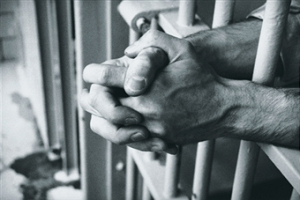 Prison Population in the United States 2014
Prison Population in the United States 2014
Across the United States, there are 1.719 state prisons, 102 federal prisons, 2,259 juvenile correctional facilities, 3,283 local jails, and 79 Indian Country jails. Throughout these correctional facilities throughout the United States, there are over 2,400,000 million people in one of these facilities, which is about 0.75% of the entire country’s population. It is estimated that about 688,000 people are released from prisons every year. Also, about 12 million people are brought in and out of local jails every year. About 337,000 people are in one of these types of facilities for some sort of drug charge. There are also about 12,000 children in a correctional facility for simply violating their parole or probation by some technicality of the rules. There are even more than 3,000 children in facilities for committing crimes such as truancy or running away from home. Lastly, the United States has the highest incarceration rate in the world, even higher than Russia who is notorious for its harsh prison system. As of 2008, Louisiana had the highest incarceration rate in the country and Maine had the lowest.
Poverty and Inequality in the United States 2014
While income grew by 36.9% between 1979 and 2007, for the top 1% in America’s economy, income grew by 200.5%, while income grew only by 18.9% for the bottom 99%. In fact, the top 1% controls 53.9% of the total growth. The average income for a person in the top 1% is about $1,040,506, while the average income for someone in the bottom 99% is $42,694. A study conducted by the Brookings Institute indicates that the more economically vibrant a city is, the more unequal it is at the same time. In cities like Atlanta, Miami, Boston, and San Francisco, households in the 95th percentile of income make over 15 times the average income than those households in the 20th percentile. The cities with the lower levels of inequality were found to be throughout the South and the Midwest. Much of the reasoning behind the increasing levels of poverty and inequality is the heavy effect that the recession had on the working poor. While the rich were still getting richer, the poor were experiencing higher levels of unemployment and were subject to minimum-wage jobs, causing their incomes to decrease as a result of the recession. Lastly, studies have shown that the more unequal a society, the more problems that arise from growing poverty, such as lower levels of trust, higher levels of depression, higher levels of obesity, etc., affect society as a whole, not simply the ones suffering from poverty.
Health Statistics in the United States 2014
As of 2012, the under-five mortality rate is 7 deaths per 1,000 children. The infant mortality rate is 6 deaths per 1,000 infants, while the neonatal morality rate is 4 deaths per 1,000 babies. Overall life expectancy in the United States is about 78.8 years, with an average of 76 for men and 81 for women. As a result, the United States is ranked 26th out of 36 members of the Organization for Economic Cooperation and Development. The average for the OECD is 80.1 years. The leading cause of death is heart disease, which accounts for about 615,000 deaths every year. According to the American Cancer Society, in 2014, there will be about 1,665,540 new cancer diagnoses and 585,720 cancer deaths. Lastly, it is projected that cancer will be the number one cause of death by 2030.
United States World Cup Team Profile
Other Relevant Articles
 Population of France 2014
Population of France 2014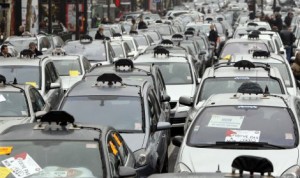 Transportation in France 2014
Transportation in France 2014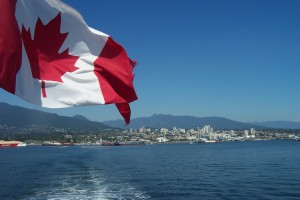 Population of Canada 2014
Population of Canada 2014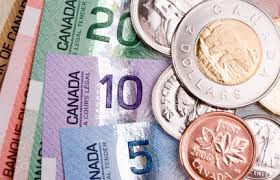 Economy of Canada 2014
Economy of Canada 2014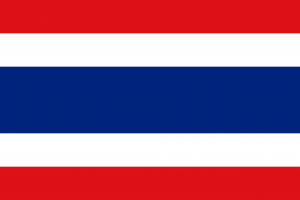 Population of Thailand 2014
Population of Thailand 2014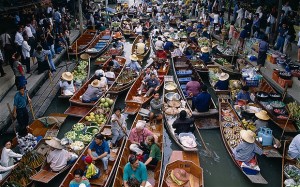 Economy of Thailand 2014
Economy of Thailand 2014